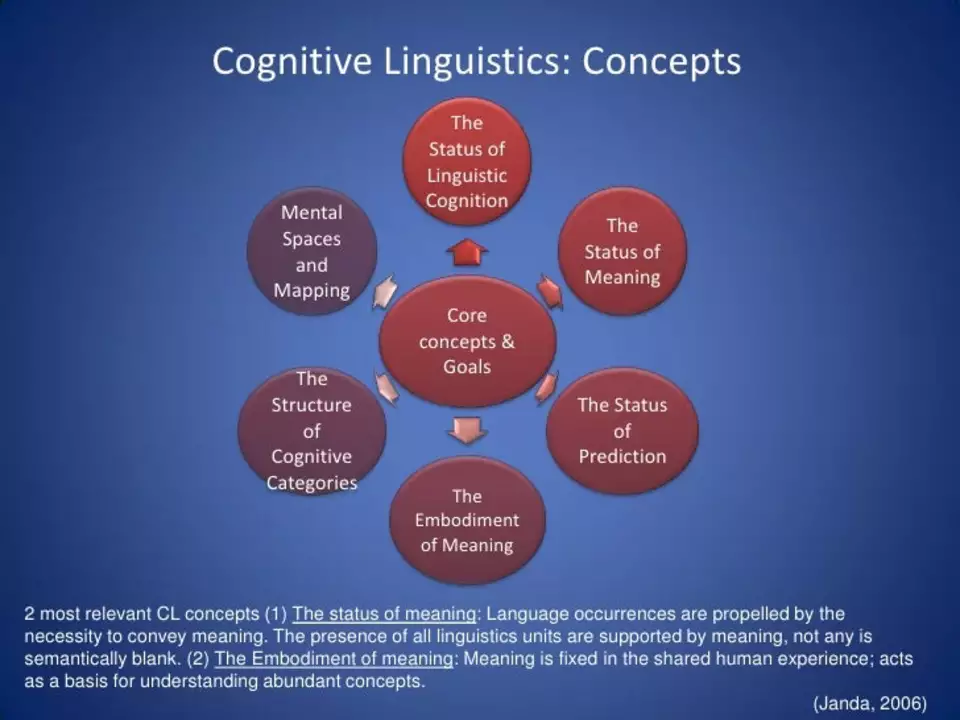Balanced Reporting: Why It Matters and How We Do It
Balanced reporting means covering facts without pushing a single opinion. It gives readers context, opposing views, and clear sources so people can decide for themselves. When news is balanced, it lowers the chance of misunderstanding and builds trust between the outlet and its audience. You should expect facts, named sources, and a fair presentation of different perspectives.
Balanced reporting isn't neutralizing every story into blandness. It's about honesty and clarity. Report what happened, show who says what, and explain the stakes. A story on politics should include official statements, opposition views, and verified data. A sports report should state the score, key plays, and reactions from both teams. Context matters more than spin.
How to spot balanced reporting
Look at the headline first. Balanced headlines describe the main fact without loaded words. Check whether the article cites sources by name or links to documents. See if it separates facts from opinions; opinion pieces should be labeled. Watch for numbers and dates—good reporting gives specifics. If a claim sounds big, see whether independent experts are quoted or data is provided.
Also notice the language. Balanced reporting avoids absolute phrases like "always" or "never." It shows competing evidence when available. If a report admits uncertainty or corrects errors, that's a sign of responsibility, not weakness. Finally, compare coverage across outlets. Different angles can reveal missing context or bias.
How journalists and readers can keep reporting balanced
For journalists: verify before publishing. Use at least two independent sources for major claims. Label opinions clearly. Include who benefits or loses from the story. Check your headline for accuracy and tone. When possible, publish original documents or data so readers can check for themselves.
For readers: read beyond the headline. Check timestamps and read the full article before sharing. Follow multiple outlets for the same story and spot differences. Ask if the piece names its sources and shows evidence. Treat anonymous claims with caution and demand transparency when possible.
At India Daily News 24/7 we tag stories under the 'balanced reporting' label to highlight pieces that follow these checks. That doesn’t mean every piece will satisfy every reader, but it means we aim to present facts, context, and clear sourcing. If you spot missing context or an error, tell us—corrections and clarifications are part of balanced journalism.
Examples help. In politics we include official statements, opposition responses, independent data, and expert reaction so readers see the full picture. In sports we give the score, key plays, quotes from both teams and stats. For education and tech stories we add studies, timelines and expert opinions. The 'balanced reporting' tag groups these pieces so you can find context, sources and clear framing without digging. We publish corrections quickly and invite feedback.
Balanced reporting helps readers make better decisions. It sharpens public debate and makes media more useful. If you want news that tries to be fair and clear, use this tag to find stories that prioritize facts over spin.
